Grafton TWP
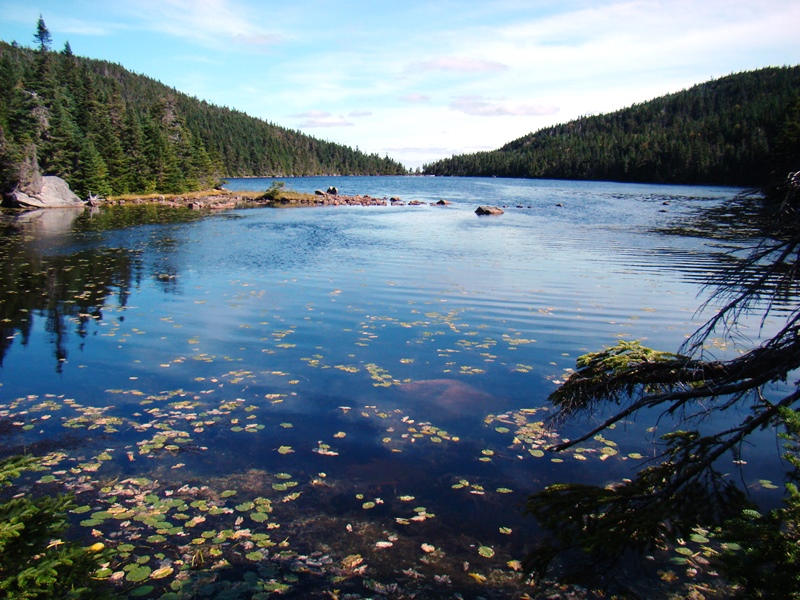
Grafton Notch State Park features the Notch formed by Old Speck Mountain and Baldpate Mountain on the Appalachian Trail. In the Notch, Screw Auger Falls has worn deep holes into solid rock by the swirling water of the Bear River.
"Those seeking cold, hard statistics on Maine communities won't be disappointed." —Bangor Daily News



Grafton Notch State Park features the Notch formed by Old Speck Mountain and Baldpate Mountain on the Appalachian Trail. In the Notch, Screw Auger Falls has worn deep holes into solid rock by the swirling water of the Bear River.
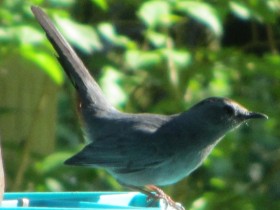
Yes, the Gray Catbird sounds like a cat in “normal” mode. But, being a relative of mockingbirds, it often imitates others or combines sounds of several species to create its own music. The one pictured here is typical in its preference for thick growth among the lilacs and its frequent visits to a bird feeder.…
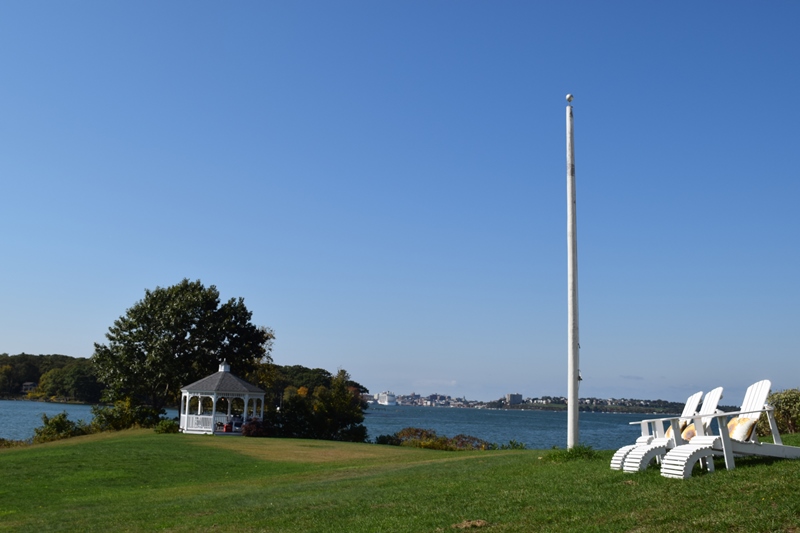
Great Diamond, home to Fort McKinley, is just northeast of its neighbor Little Diamond Island, linked only by a sandbar at low tide. The island has a limited network of roads, used primarily by golf carts and bicycles. Access is by about a half hour ferry ride from Portland Harbor, with two landing sites. Landing site…
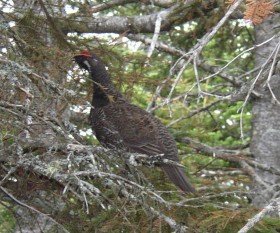
Grouse Spruce Grouse The Spruce Grouse is found in mixed spruce and pine forests, such as this on the Appalachian Trail in Riley Township in western Maine. It roosts in trees and its almost tame behavior permitted a closer photo than allowed by most birds. This one was seen near its southern range, since the…
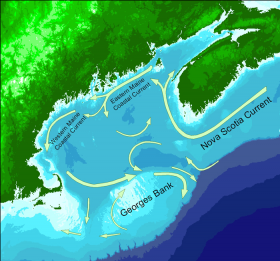
The Gulf of Maine extends from Cape Cod in Massachusetts, to the coasts of New Hampshire, Maine, and the Canadian provinces of New Brunswick, and to Cape Sable, Nova Scotia. An important part of the Gulf is Casco Bay, which supports substantial varieties of marine life, but is in the midst of the highest concentration…

While commonly called “sea gulls,” Maine hosts three types of these birds: Great Black-backed, Herring, and Ring-billed gulls. All are scavengers that eat a variety of items including, fish (such as alewives – see photo below), clams, eggs of other birds, garbage, and your lunch if you’re not careful! Gulls live year-round in coastal areas,…
Barred Island, Deer Isle. 2 acre island with spruce-fir and shrub-cover and extensive granite shore ledges. Accessible by landing on inter-tidal sandbar or across private property with permission of Goose Cove Lodge owners. There are no trails; walk along the shore. Managed by The Nature Conservancy. Birdsacre Sanctuary, Ellsworth. Lovely 40-acre woodland sanctuary with trails…
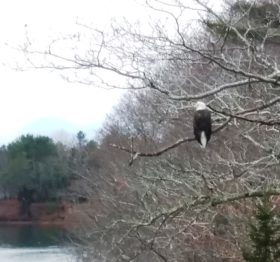
Harpswell Sound is a body of water that flows from Casco Bay at Little Mark Island ten miles to the Ewing Narrows Bridge, then two miles on to Long Reach and finally merges with the New Meadows River. Casco Bay has been reported as a significant warming water body. This may be contributing to…
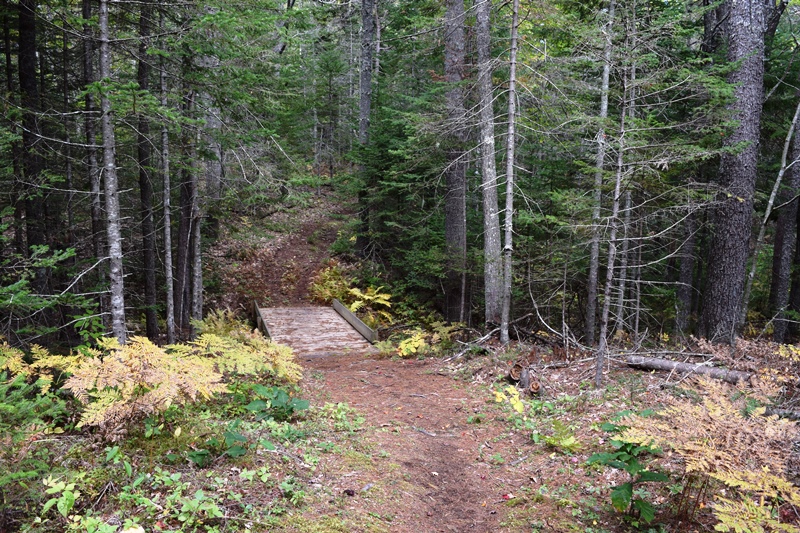
In Harpswell, this is the northern most village on Harpswell Neck, the others being West and South Harpswell. It centers on the intersection of Route 123 from Brunswick and the Mountain Road, which links North Harpswell to the islands via the Ewing Narrows Bridge. Near the intersection: the Merriconeag Grange, the Vegetable Corner grocery, a…
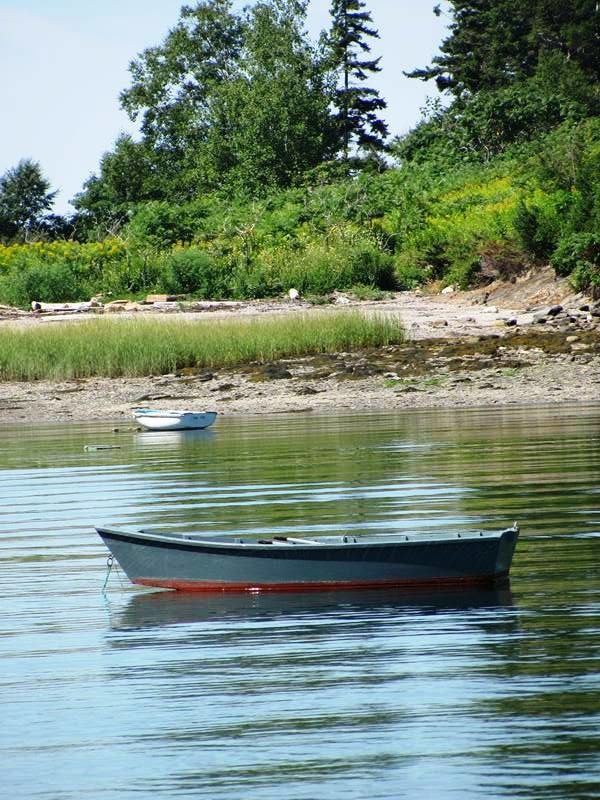
Haskell is an island in the town of Harpswell, not accessible by land. It lies at the edge of Casco Bay on the south end of Merriconeag Sound. A summer home to seasonal residents, the island retains many features of its earlier history. Once known as New Damariscove Island, then Pulpit, it was finally named…
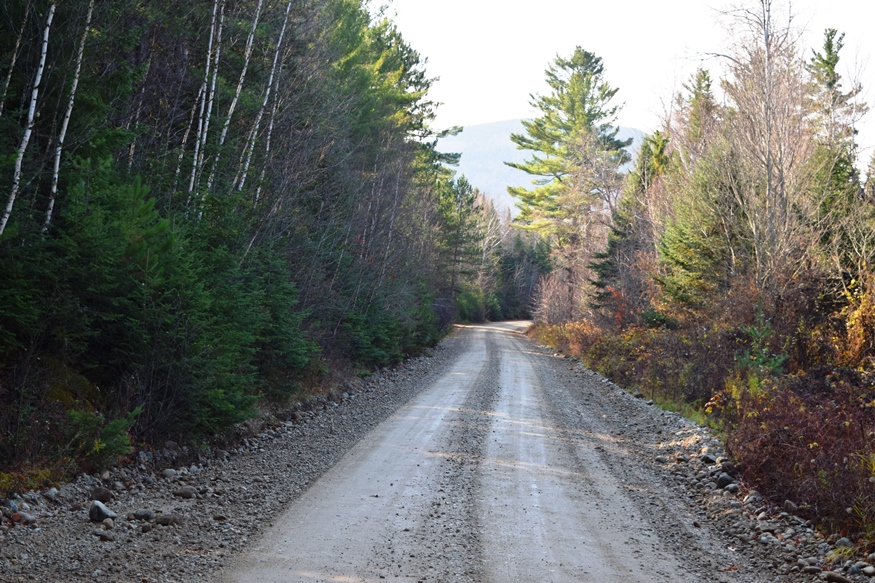
This township (T4 R6 BKP WKR) in Somerset County contains most of Spencer Lake, along with the 2400-foot Spencer Mountain west of the Lake, and the 2300-foot Hardscrabble Mountain east of the Lake. With no village settlement, it is primarily an area of woods and woods roads. In the early 20th century, Spencer Lake Camps…
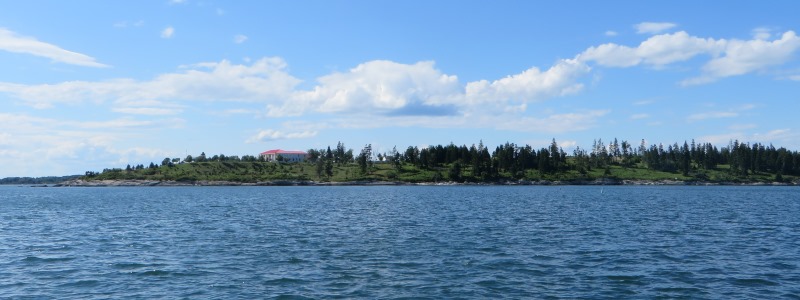
This mile-long, 89-acre island is near the southwest shore of Great Chebeague Island. It has been a part of the City of Portland, the Town of Cumberland, and the Town of Chebeague. In 1935 Hope Island, then part of the City of Portland, was owned by Howard S. Eckels and Josephine H. Eckels. The photo…
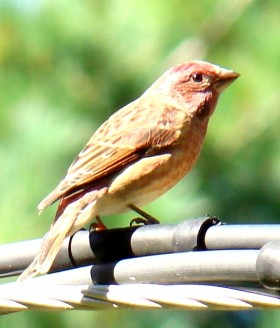
This bird is found year-round in all but northern Maine. The male is similar to the Purple Finch, except that the latter has a tuft of feathers on its head. The male Pine Grosbeak, another look-a-like, is larger than the 5 inch House Finch.
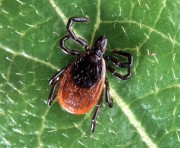
Also see: Browntail Moth. Deer ticks are small, about 1/8 of an inch. They may reach 1/2 inch if swelled with blood. Lyme Disease Lyme disease is caused by a bacterium transmitted to a person through the bite of an infected deer tick. (Actually not an insect but, with eight legs, an arachnid.) Symptoms include the…
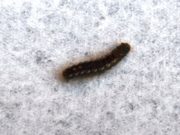
According to the Maine Forest Service the browntail moth was accidentally introduced into Somerville, Massachusetts from Europe in 1897. By 1913, the insect had spread to all New England states, New Brunswick and Nova Scotia. Populations of this pest slowly decreased due to natural controls until the 1960s, when browntail moth was limited to Cape…
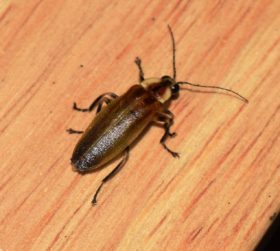
As I turned out the light in my office, a small wink of another light flickered back at me. This firefly is a Maine native. Strangely, these “flies” are actually flying beetles. They use their lighting abilities in summer to attract mates by mixing certain chemicals in their bodies. Fireflies in some other states have…
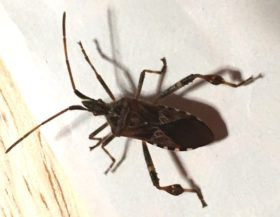
The Western Conifer Seed Bug is a type of leaf-footed bug, about 3/4 inch from head to tail, that feeds on seeds of trees, especially pine. It is not a destructive pest in the home, but is a nuisance. It finds its way into homes during the end of summer and early fall looking for a place…
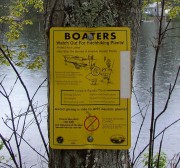
Maine, as most places on Earth, is home to native and non-native species of plants and animals. The State of Maine has extensive resources on this subject so there is no need to restate them here. An invasive plant is defined as a plant that is not native to a particular ecosystem, whose introduction does…
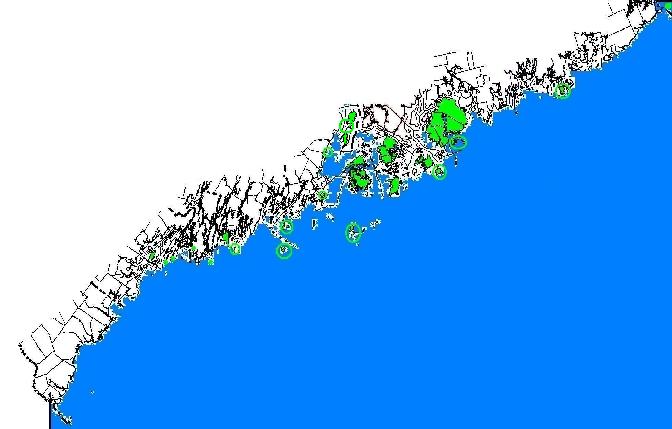
Maine has thousands of islands. Many have had an interesting history in the discovery of Maine by Europeans, to granite quarrying, sheep raising, tourism, and summer cottages. Here is a tour of some of the more substantial islands, from Downeast to the southern coast. Hover over the green to find your island, then click…